Traditional Turkish carpets: Weaving timeless beauty and heritage
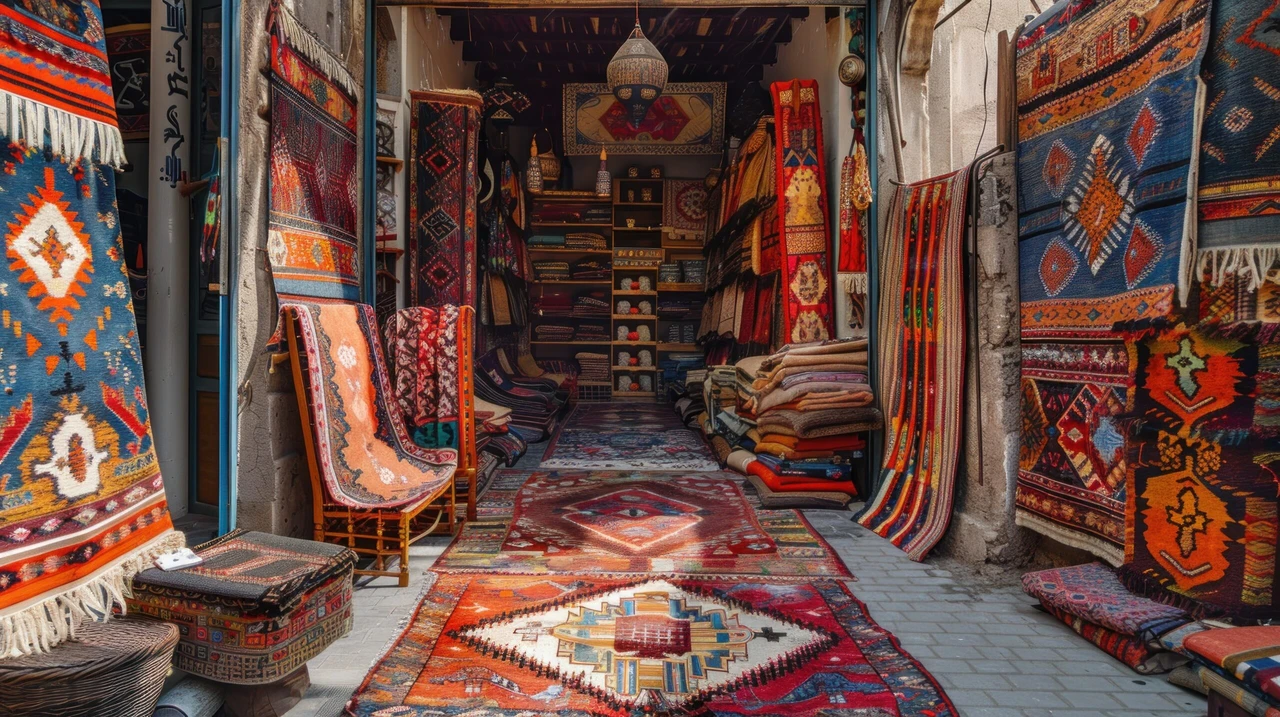 Discover the rich heritage and artistic beauty of traditional Turkish carpets, where intricate designs and vibrant colors tell centuries-old stories. September, 2024. (Adobe Stock Photo)
Discover the rich heritage and artistic beauty of traditional Turkish carpets, where intricate designs and vibrant colors tell centuries-old stories. September, 2024. (Adobe Stock Photo)
Turkish carpets are renowned for their intricate designs and profound cultural significance. These carpets, featuring complex patterns and vibrant colors, have been a cornerstone of Turkish culture for centuries.
Artisans meticulously craft each carpet, blending craftsmanship with cultural narratives. These carpets are more than functional items; they are celebrated works of art.

Evolution of carpet weaving in Türkiye
The tradition of carpet weaving in Türkiye has a long and evolving history. It gained prominence during the Ottoman Empire and has continued to develop, incorporating both traditional and modern elements. The evolution of this craft shows how it has adapted over time while retaining its deep cultural roots.
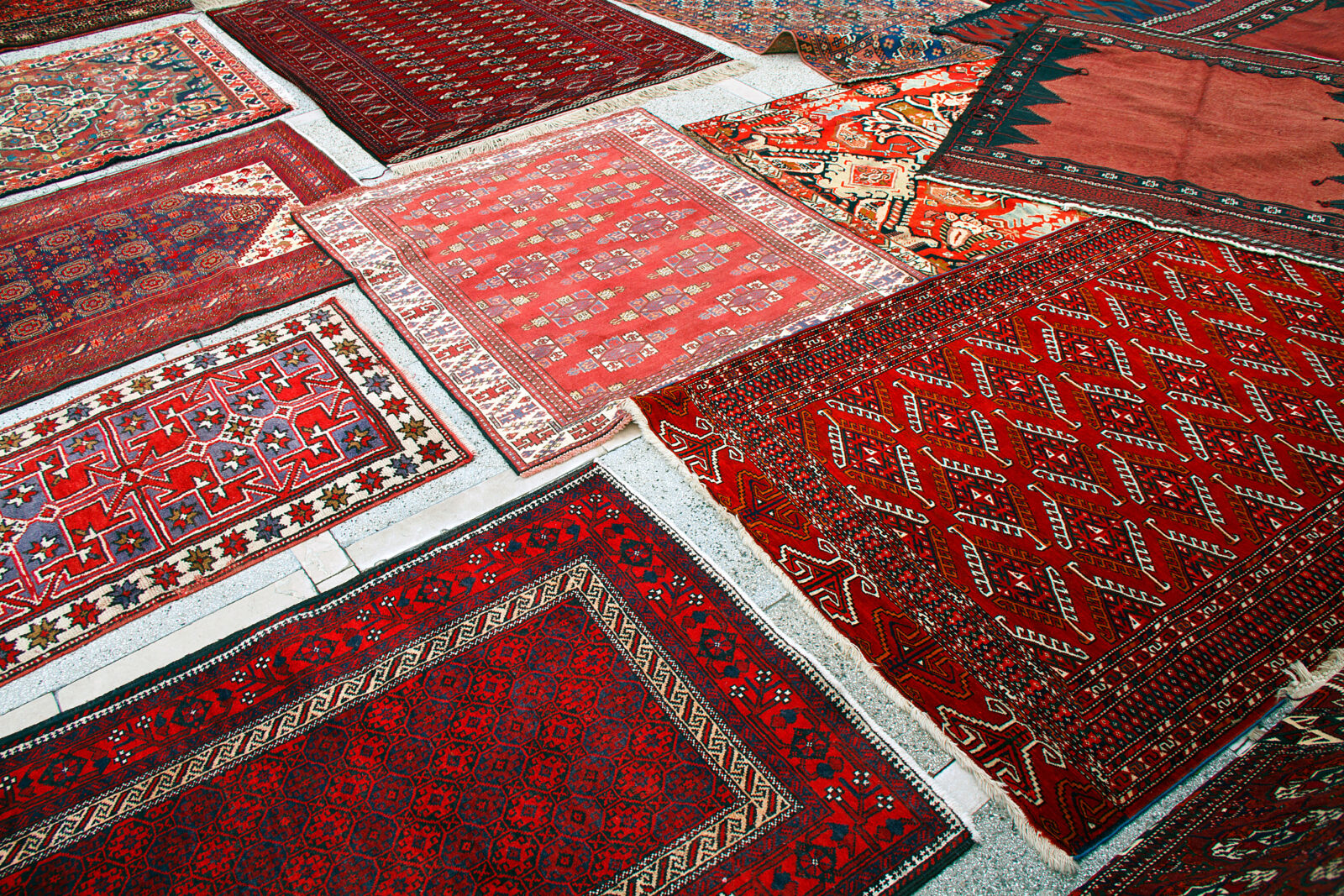
Regional styles, motifs of Turkish carpets
Turkish carpets showcase a variety of styles and motifs from different regions, each reflecting local traditions and influences:
- Anatolian carpets: These carpets are known for their geometric patterns and bold colors. They often feature intricate designs that convey the region’s history and culture.
- Western Anatolian carpets: Floral patterns characterize these carpets, drawing inspiration from the natural beauty of the region. Designs often include flowers, vines, and trees, reflecting historical and cultural influences.
- Central Anatolian carpets: Featuring abstract patterns and natural dyes, these carpets include symbolic motifs that represent local folklore and traditions.
Each regional style carries significant cultural meaning, with patterns and colors chosen to convey specific messages and stories. For instance, certain motifs might symbolize protection, prosperity, or fertility.
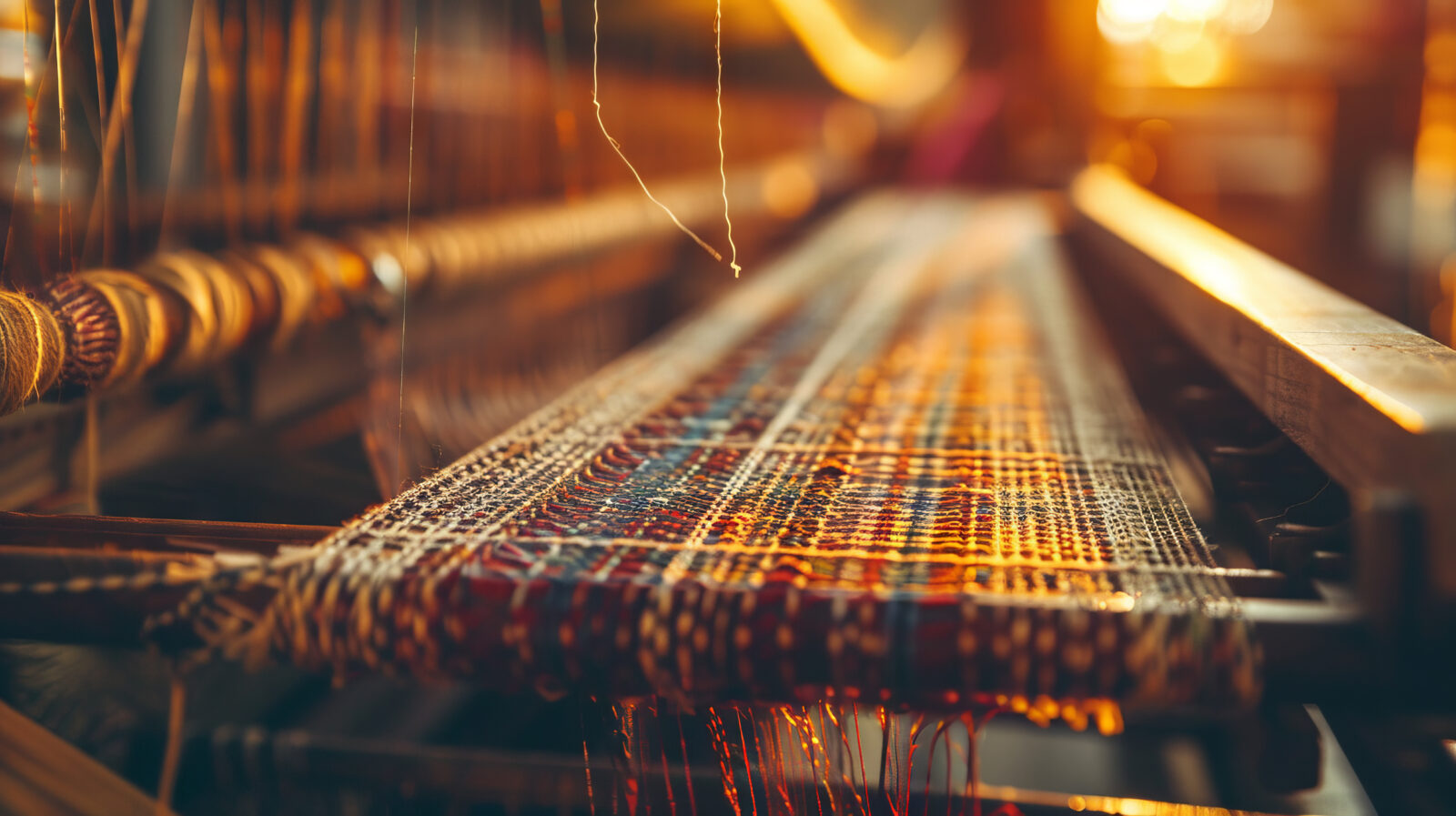
Weaving process of Turkish carpets
The creation of Turkish carpets involves a detailed and labor-intensive process:
- Selection of materials: High-quality wool or silk is chosen for its durability. Artisans dye the fibers using natural colors from plants, minerals, and insects.
- Dyeing and spinning: The dyeing process achieves the vibrant and enduring colors of the carpets. After dyeing, artisans spin the wool into yarn for weaving.
- Weaving techniques: Hand-knotted methods are used to create intricate patterns. Each knot requires precision to ensure consistency and durability.
- Finishing touches: Carpets undergo washing, trimming, and sometimes adding fringes to enhance their appearance and longevity.
This detailed process highlights the skill and dedication of Turkish weavers, with each stage contributing to the final product’s quality and artistic value.
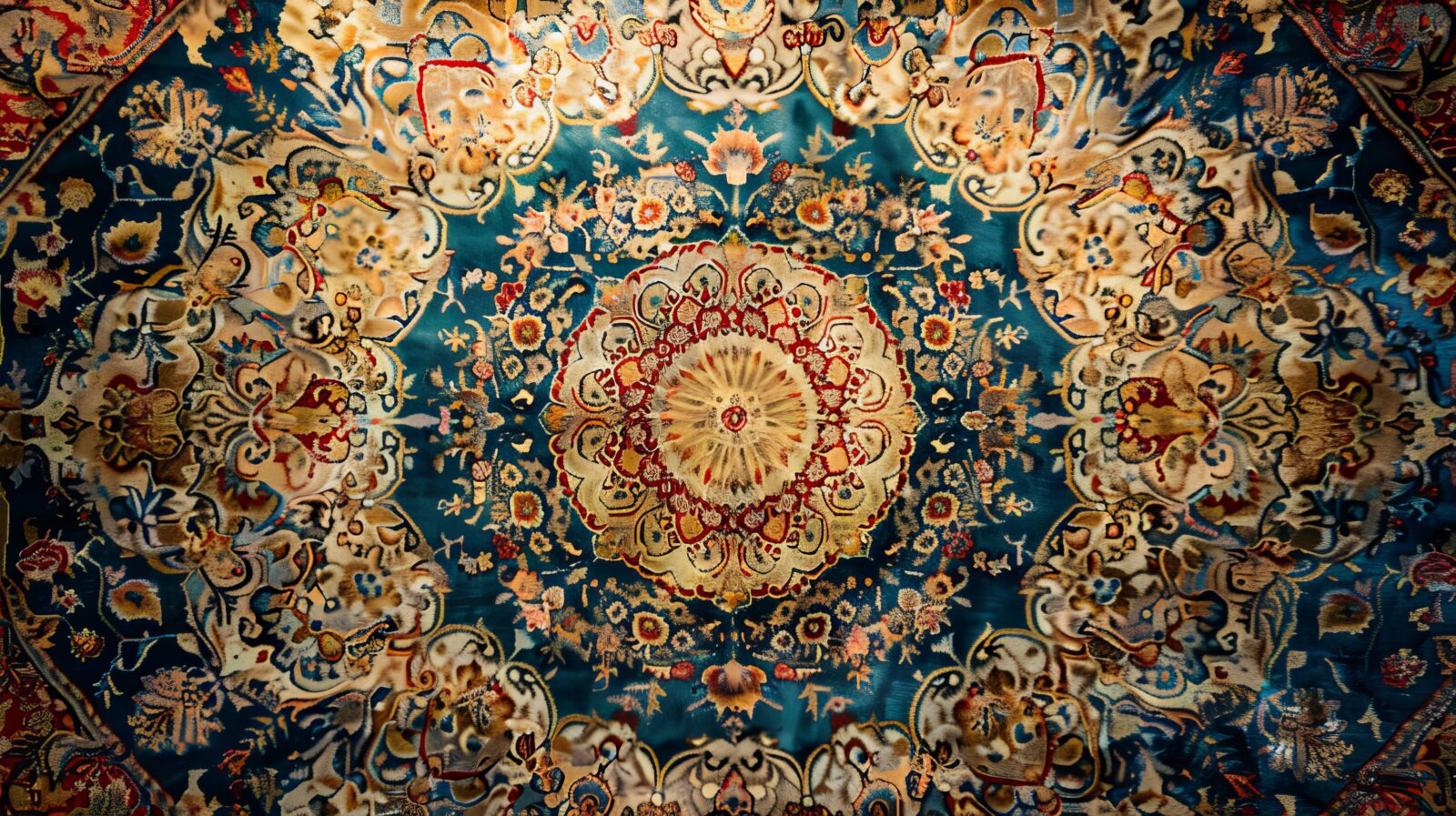
Cultural stories woven into each carpet of Türkiye
Turkish carpets are more than decorative items; they are repositories of cultural stories and values:
- Symbolism in design: Carpets often include symbols representing family heritage, local legends, or historical events. These designs serve as narratives of community history and traditions.
- Art as heritage: Some carpets are so intricately designed that they are displayed on walls as artworks. These pieces are valued for their artistic and cultural significance.
- Preservation of traditions: The stories woven into these carpets are handed down through generations, preserving the history and traditions of Turkish communities. They act as living records of the experiences and values of their creators.
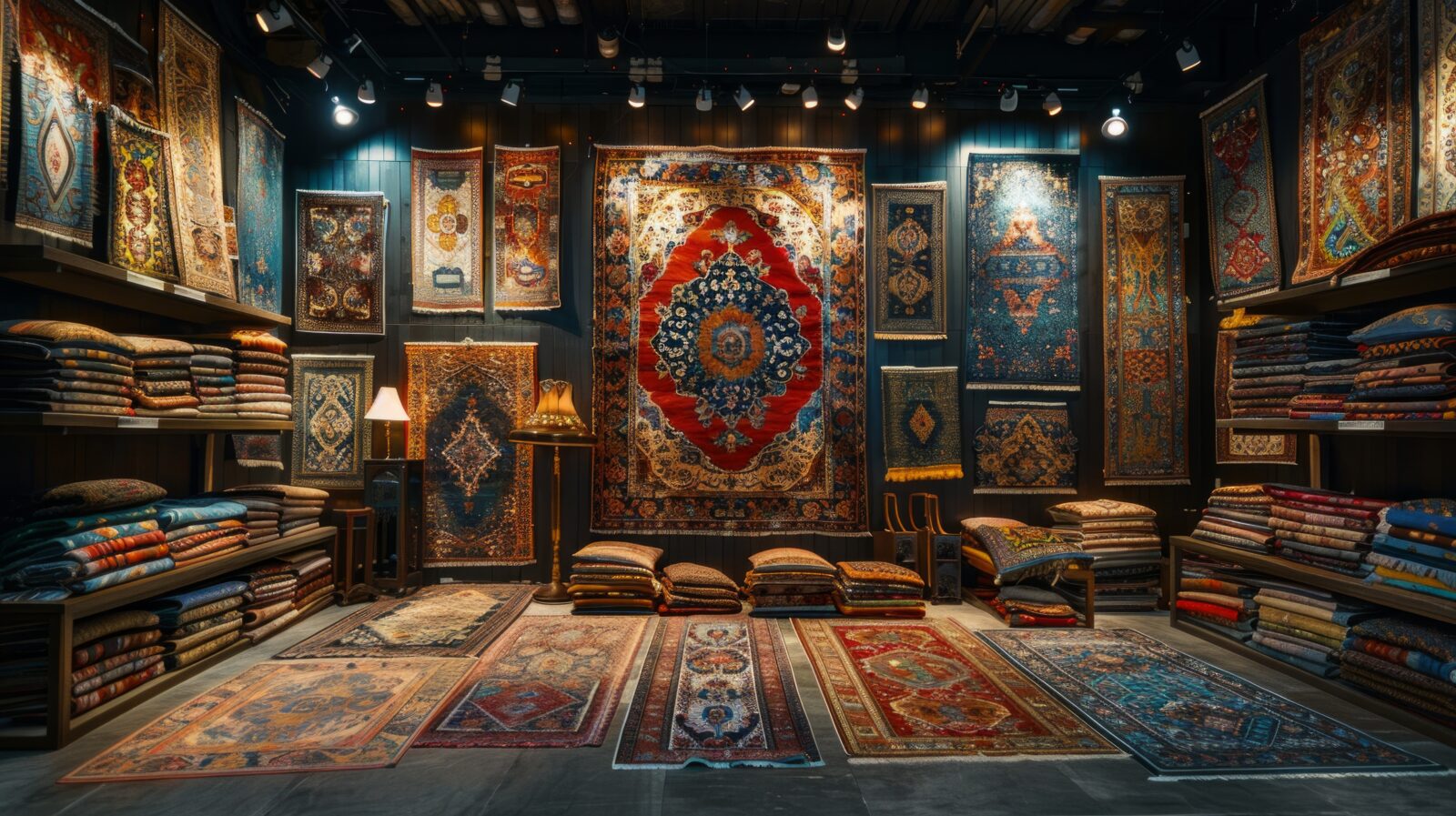
Role of carpets in Turkish culture
Turkish carpets hold a special place in Turkish culture as symbols of social status and cultural identity. Historically, carpets adorned homes and mosques and played a role in ceremonial occasions. They reflected the weaver’s skill and the owner’s wealth.
Today, Turkish carpets are cherished for their aesthetic beauty and cultural significance. Families pass them down as heirlooms, valuing their historical and sentimental worth. They also attract global interest, where their craftsmanship and unique designs are appreciated.

Efforts to preserve, revitalize Turkish carpets
Efforts to preserve and revive traditional carpet weaving techniques continue:
- Educational programs: Initiatives teach traditional weaving techniques to younger generations, ensuring the craft’s survival.
- Documentation and research: There are efforts to document and research historical techniques, promoting traditional methods in modern designs.
- Global promotion: Promoting Turkish carpets internationally helps raise awareness and appreciation of this traditional art form.
These preservation efforts are crucial for maintaining the rich heritage of Turkish carpets. They help keep the craft relevant and celebrated in today’s world.
Turkish carpets represent a vibrant expression of Türkiye’s cultural and artistic heritage. Their intricate designs, regional styles, and embedded stories make them more than mere decorative items. As both art and heritage, these carpets continue to captivate and inspire, reflecting Turkish culture’s rich history and traditions.
The ongoing appreciation and preservation of Turkish carpets highlight their importance both nationally and globally. Whether as art pieces or functional items, Turkish carpets remain a cherished symbol of Türkiye’s cultural legacy.



